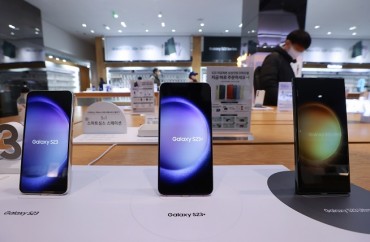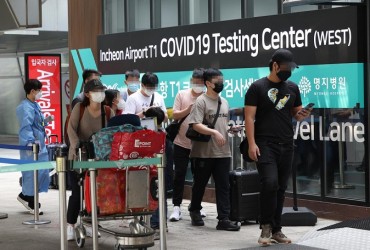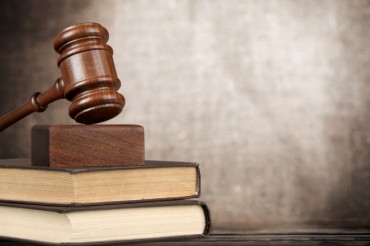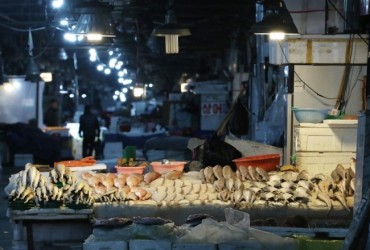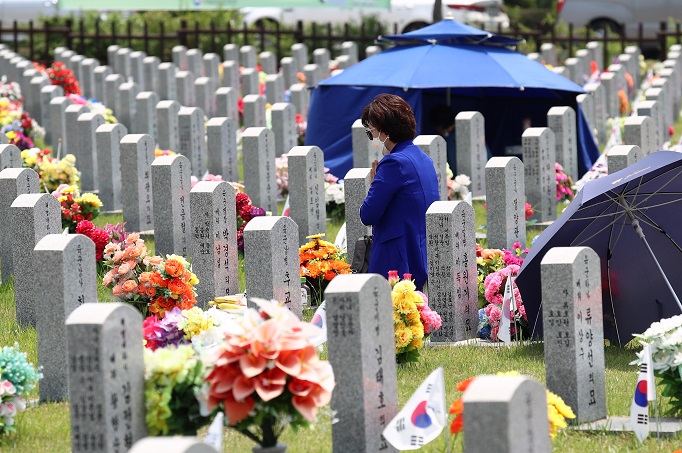
A visitor pays tribute to veterans and patriots at Daejeon National Cemetery in Daejeon, 160 kilometers south of Seoul, on June 6, 2020, which marks the 65th anniversary of the calendar event. (Yonhap)
SEOUL, April 25 (Korea Bizwire) — Daejeon National Cemetery, a sprawling national cemetery spanning approximately 3.22 million square meters, serves as the final resting place for national heroes and other patriots.
Originally established in 1955, Seoul National Cemetery, which interred patriots and Korean War dead for over two decades, quickly hit capacity.
To address this, the government founded a new national cemetery in 1979 in Daejeon, a city in the central region of the country.
Locating the tombstone of a specific person within this vast expanse has proven a challenge, prompting the Ministry of Patriots and Veterans Affairs, which oversees the cemetery, to turn to advanced technology for assistance.
The ministry recently announced a collaboration with the National Geographic Information Institute (NGII), Naver, and T-Map Mobility to incorporate smart number plate recognition into Naver Maps and T-Map, making it easier to locate graves within the cemetery.
Previously, printed materials or unmanned information machines were the only means of obtaining information about grave locations, but these resources were limited to providing only the grave sites themselves, without the ability to pinpoint specific number plates at each site.
By utilizing these new technologies, Daejeon National Cemetery aims to reduce the number of repetitive complaints concerning locating a specific burial site, while also improving the experience for visitors who wish to pay their respects.
This digital initiative also serves to enhance the legacy of the fallen and bring greater convenience to their bereaved families.
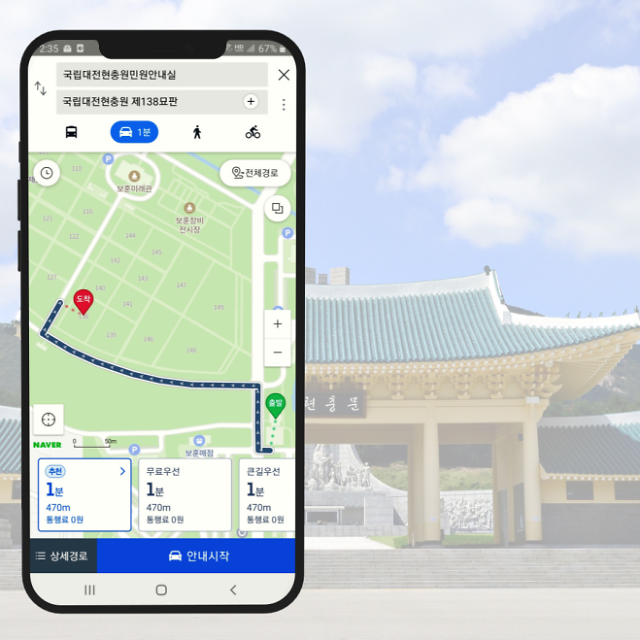
This image provided by the Ministry of Patriots and Veterans Affairs shows the process of finding the location of a tombstone using a smartphone app.
Among the notable figures buried at Daejeon National Cemetery are Na Woon-gyu, the director of Korea’s first movie “Arirang,” and Sohn Kee-chung, the 1936 Berlin Olympics Marathon winner.
Kwak Nak-won, the mother of independence activist Kim Gu, and Kim Gu’s eldest son, Kim In, are also interred here.
North Korean defector Hwang Jang-yop, who previously served as secretary of the North Korean Workers’ Party, is reportedly buried at the National Mausoleum of Social Contributors in Daejeon National Cemetery.
He was awarded the first-class National Medal of Honor following his death on October 10, 2010.
M. H. Lee (mhlee@koreabizwire.com)



